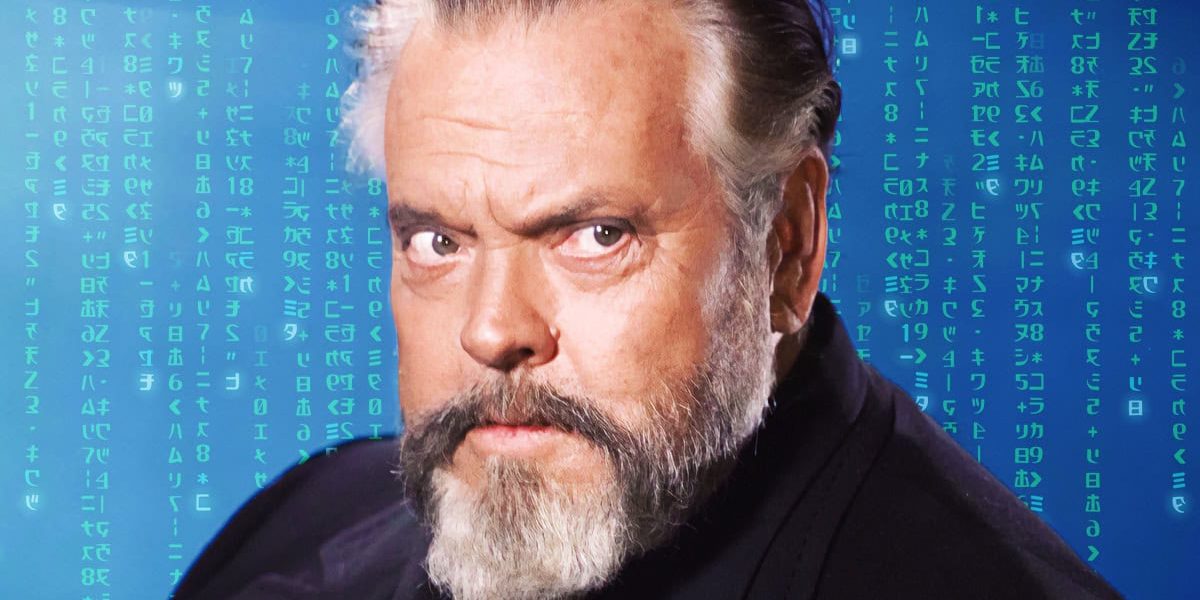The iconic Orson Welles, renowned for his groundbreaking contributions to cinema, has left an indelible mark on film history through his extraordinary works, including masterpieces that continue to inspire filmmakers today. Even though he has been absent from our screens for nearly forty years, he has been brought back to life as an AI tour guide for Storyrabbit, allowing audiences to experience his legendary storytelling anew.
Storyrabbit offers a unique service by crafting personalized audio narratives that last between 60 to 90 seconds. These stories are tailored based on your geographical location or a selected spot on a map, narrated by your chosen host. The company describes the experience as, “like having your own audio tour guide for the world in your pocket, with unlimited tales to share.” In an exciting collaboration, Storyrabbit has partnered with the Orson Welles Estate to introduce a feature called Orson Welles Presents, where users can listen to captivating stories about specific locations narrated in Welles’ distinctive voice.
According to Kelly Garner, the visionary founder and CEO of Treefort Media and creator of Storyrabbit, “Integrating Orson Welles’ voice gives our storytelling unmatched resonance. Collaborating with a voice of this caliber is an extraordinary opportunity. His timeless perspective offers users a unique lens — both nostalgic and forward-looking — to engage with the world as it speaks, revealing incredible true stories.” This innovative approach to storytelling not only revitalizes Welles’ legacy but also provides users with a deeply engaging experience that connects them to the rich history of the locations they explore.
David Reeder, representing Reeder Brand Management, which manages the Orson Welles Estate, commented, “Orson was a relentless innovator, effortlessly navigating multiple platforms throughout his long and storied career, and integrating his voice into this new medium feels like a continuation of that legacy.” This statement underscores the importance of respecting and preserving Welles’ artistic contributions while exploring new technologies to connect with audiences.
The company emphasizes that Welles’ voice was resurrected using “ethical AI practices,” utilizing licensed audio from his estate. They ensure that “all narratives are human-curated, authentic, and responsibly produced.” This commitment to ethical considerations in the use of AI technology reflects a growing awareness of the implications of resurrecting voices from the past.
In a related note, prior to his passing, James Earl Jones granted permission to Lucasfilm to recreate the iconic voice of Darth Vader using AI technology. While this differs from Welles’ situation, as it pertains to a fictional character, it is assumed that Jones understood the implications of this decision. However, it has not been without its controversies, as seen when Darth Vader was featured in Fortnite with an AI-generated voice capable of interacting with players. This development has raised eyebrows and led to SAG-AFTRA filing an unfair labor practice charge against the game studio, highlighting the complexities surrounding AI in entertainment.
As the integration of AI into various aspects of entertainment continues to evolve, it remains a bit unsettling for many to see the voices of deceased celebrities brought back to life, even when their families or estates have provided their blessing. The ethical considerations surrounding this technology are significant and warrant ongoing discussion about the implications for the future of entertainment and the legacies of those who have passed.
To experience a sample of Orson Welles’ incredible AI voice, check out the audio below:

[nospin]Here you can find the original article; the photos and images used in our article also come from this source. We are not their authors; they have been used solely for informational purposes with proper attribution to their original source.[/nospin]




